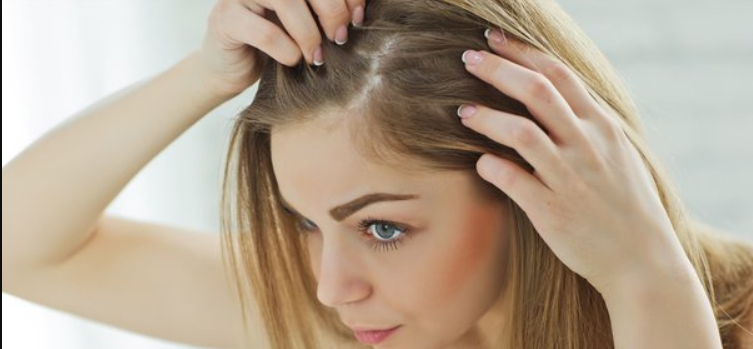Our bones, muscles, and joints stiffen and wear down with age. Other bodily cells age too. hair follicle stem cells harden and inhibit hair growth.
According to a new Northwestern University School of Medicine study published in Proceedings of the National Academy of Science, this process will be reversible, thus “Soften” the Stem Cells. It boosts hair follicle activity and development.
Today, certain medications can treat various kinds of alopecia areata, but their indications are quite precise and they don’t always work. hair transplant Androgenetic alopecia affects more than half of Spanish men by 40, keeping their business expanding.

This study offers a novel treatment approach. hair regrows, boosting hair follicle stem cell production.
Increased miR-205 production reverses stem cell stiffness in this circumstance.
Genetically engineered stem cells that generate miR-205 decrease stiffness, promoting hair growth. The method works in young and older mice in the lab.
This method “grow hair in just 10 days,” according to Northwestern University Feinberg School of Medicine dermatology expert Rui Yi. He stresses that pre-existing stem cells will be modified, not created. He noted that stem cells often cannot create hair.
Cellular methods have been used to grow hair before. A 2022 study revealed immune system regulating T cells will accomplish one job. Autoimmune alopeciaT cells interact with skin cells via hormonal signals and hair development factors. This unfamiliar immune system approach requires glucocorticoids.
This recent study used genetically engineered mice. Using atomic microscopy to quantify two-photon stiffness to track cell activity in living mammals.
Researchers say cell mechanics and miR-205 production can stimulate hair growth. Nanoparticles will transport microRNAs to the skin in the future. We want to investigate if mice can grow hair with topical miR-205. If successful, the approach will be tested in people.

